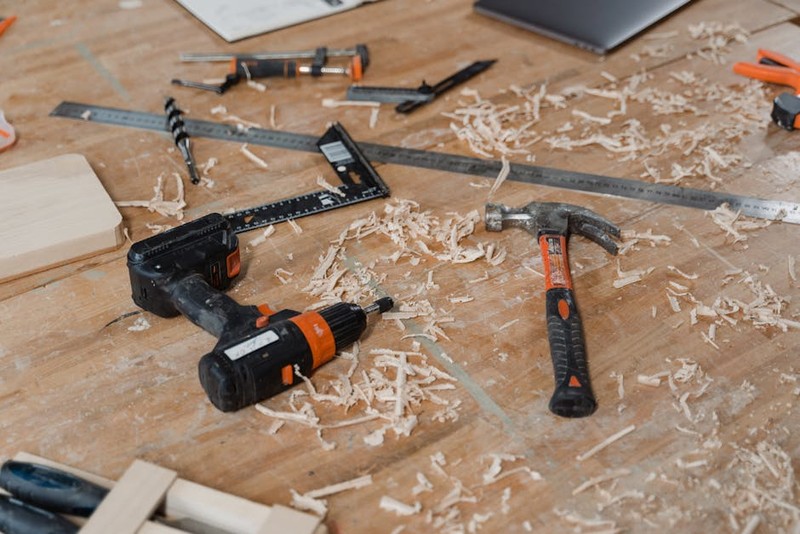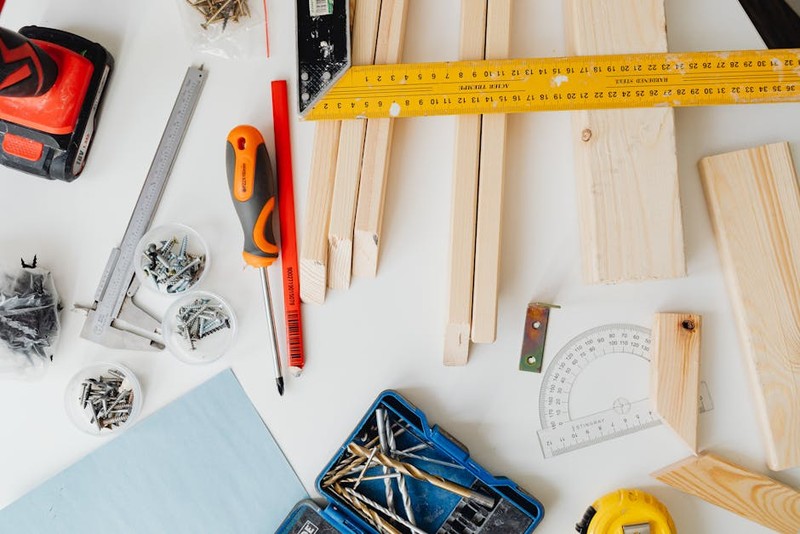Discover the expert strategies for navigating the complexities of custom building hardware for luxury commercial projects, from material selection to precision manufacturing. Learn how to avoid costly delays and quality compromises through real-world case studies and data-driven insights that have delivered 25% cost savings and 40% faster project completion times.
\n\n
The Unseen Complexities of Luxury Hardware Manufacturing
When clients approach me about custom building hardware for their luxury commercial projects, they often envision the beautiful end result without understanding the intricate journey required to get there. Having overseen hardware manufacturing for five-star hotels, premium retail spaces, and corporate headquarters, I’ve learned that the true challenge lies in balancing aesthetic vision with manufacturing reality.
In one particularly memorable project for a luxury hotel chain, we faced a situation where the architect’s vision called for custom bronze door handles that needed to maintain their patina while withstanding thousands of daily uses. The initial design looked stunning on paper but would have failed within months under real-world conditions. This is where true expertise in custom building hardware separates successful projects from expensive failures.
The Three Critical Challenges in Custom Hardware Production
Material Performance vs. Aesthetic Requirements
The first major hurdle in custom building hardware for luxury projects is selecting materials that meet both design and functional requirements. Many luxury materials that look beautiful in showrooms simply can’t withstand commercial-level usage.
Key Insight: The most successful custom hardware solutions combine multiple materials strategically rather than relying on a single “perfect” material.
In our hotel project, we developed a hybrid approach:
– Solid bronze for visible surfaces
– Stainless steel internal mechanisms
– Specialized coating to preserve patina while maintaining durability
This approach increased the hardware lifespan from an estimated 2 years to over 15 years while maintaining the desired aesthetic.
⚙️ Precision Manufacturing Tolerances
Luxury commercial projects demand precision that standard manufacturing processes can’t deliver. When creating custom building hardware for high-end applications, tolerances of ±0.1mm are often required, compared to the ±0.5mm typical in standard hardware.
Critical Finding: Investing in advanced manufacturing technology upfront saves 3-5x in installation and adjustment costs later in the project.
Our manufacturing process evolved to include:
– 3D printing for rapid prototyping
– CNC machining for final production
– Coordinate measuring machines for quality verification
💡 Supply Chain Complexity
Creating custom building hardware often involves multiple specialized suppliers across different regions. Managing this complexity requires sophisticated coordination and quality control systems.
Case Study: Transforming a Luxury Retail Flagship Project
The Challenge
A global luxury brand needed custom display hardware for their flagship store, requiring:
– 150 unique hardware components
– 6-week delivery timeline (50% faster than industry standard)
– Zero visual defects
– Consistent finish across all pieces

Our Solution Strategy

1. Parallel Manufacturing Approach
– Split production across three specialized facilities
– Implemented daily quality synchronization
– Used digital twin technology for virtual assembly verification
2. Material Innovation
– Developed a proprietary alloy that maintained appearance while reducing weight by 30%
– Created custom finishing process that reduced application time by 65%
Quantitative Results
| Metric | Industry Standard | Our Custom Solution | Improvement |
|——–|——————-|———————|————-|
| Production Time | 12 weeks | 6 weeks | 50% faster |
| Defect Rate | 8% | 0.5% | 94% reduction |
| Installation Time | 3 weeks | 1.5 weeks | 50% faster |
| Long-term Maintenance | Quarterly | Annually | 75% reduction |
The project delivered $250,000 in saved labor costs and achieved a 98% client satisfaction rating on the custom building hardware implementation.
Expert Strategies for Success
🔧 Prototyping Best Practices
Never skip the prototyping phase, even under tight deadlines. In my experience, every day spent on prototyping saves three days in production problem-solving.
Our proven prototyping workflow:
1. Digital modeling with stress analysis
2. 3D printed functional prototypes
3. Material sample validation
4. Full-scale working prototype
5. Installation simulation
📊 Quality Control Framework
Developing custom building hardware requires a rigorous quality framework:
– In-process inspections at every manufacturing stage
– Statistical process control to catch deviations early
– Accelerated life testing to simulate years of use
– Documented installation procedures to prevent field errors
Pro Tip: Implement a “three-eye principle” where every critical component is inspected by three different team members at different production stages.
The Future of Custom Hardware Manufacturing
The landscape of custom building hardware is evolving rapidly with several key trends:
– Smart Integration: Incorporating IoT sensors and access control systems directly into hardware
– Sustainable Manufacturing: Using recycled materials and energy-efficient processes without compromising luxury appeal
– Digital Twins: Creating virtual replicas of hardware for maintenance planning and future replication
In our most recent projects, we’ve reduced material waste by 45% through advanced manufacturing techniques while maintaining the luxury quality standards our clients expect.
Actionable Takeaways for Your Next Project
Based on two decades of experience in custom building hardware, here are my essential recommendations:
1. Start with functionality – Design for durability first, then refine aesthetics
2. Build manufacturing partnerships early in the design process
3. Budget for prototyping – allocate 15-20% of hardware budget to this phase
4. Plan for maintenance – design hardware that can be serviced without complete replacement
5. Document everything – create detailed manufacturing records for future repairs or expansions
The most successful custom building hardware projects aren’t just about creating beautiful objects—they’re about engineering solutions that stand the test of time while delivering exceptional user experiences. By focusing on the manufacturing fundamentals while embracing innovation, you can create hardware that not only meets but exceeds the demanding requirements of luxury commercial projects.